Cultural education requires a real carrier, and it also requires a kind of time-based training and accumulation of learning. Below we share with you Tian Yingzhang’s experience in writing basic strokes with hard pen.
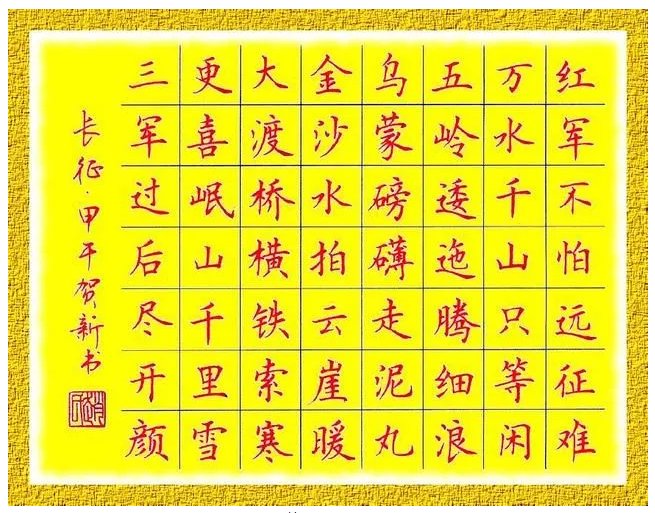
Practicing hard-pen calligraphy is always more practical than practicing brush calligraphy. As long as you keep practicing, your homework, and your exams will be different before you know it. Quietly, your grades will change!
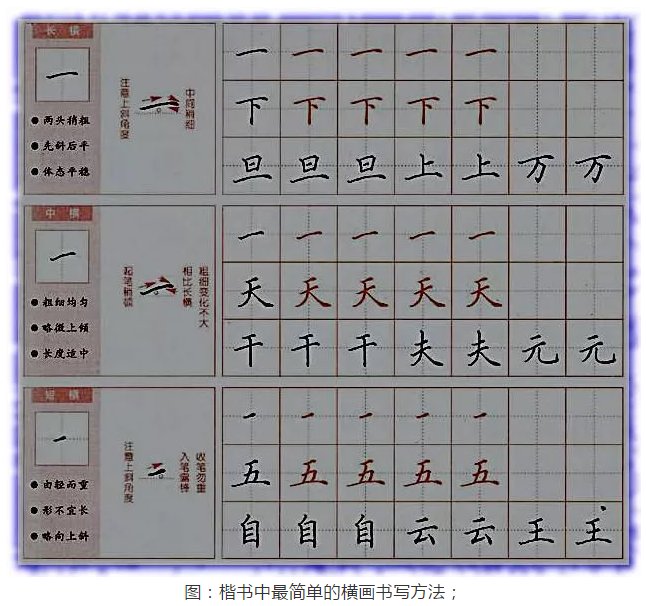
Horizontal paintings are actually divided into long horizontal, medium horizontal and short horizontal. The variable factor in writing skills is not particularly huge. The long horizontal line is generally located in the middle or lower part of single-body or upper-lower structure characters. In a few cases, the forms such as "下" and "亠" appear. What applies at this time is Ouyang Xun's "top cover" rule of 36 methods, where the lower strokes are hidden under the long horizontal strokes. Others include the writing conditions of the "cross arm" and "earth coverer" in the middle. Long and horizontal are mostly "horizontal".
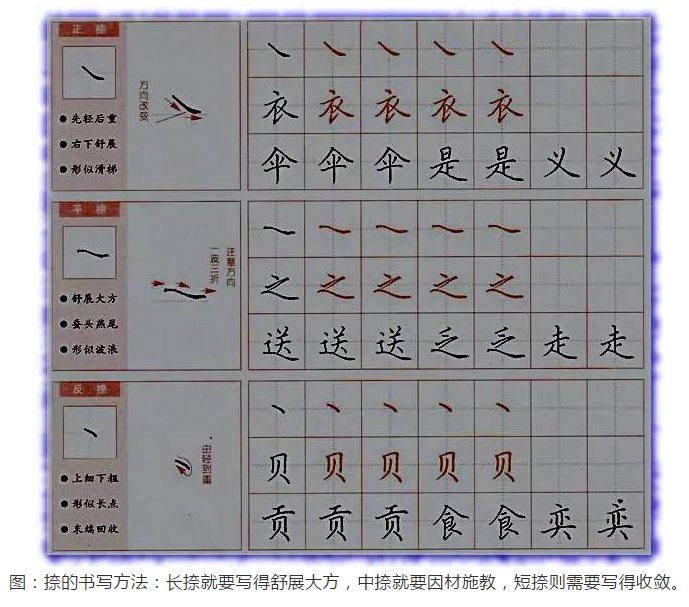
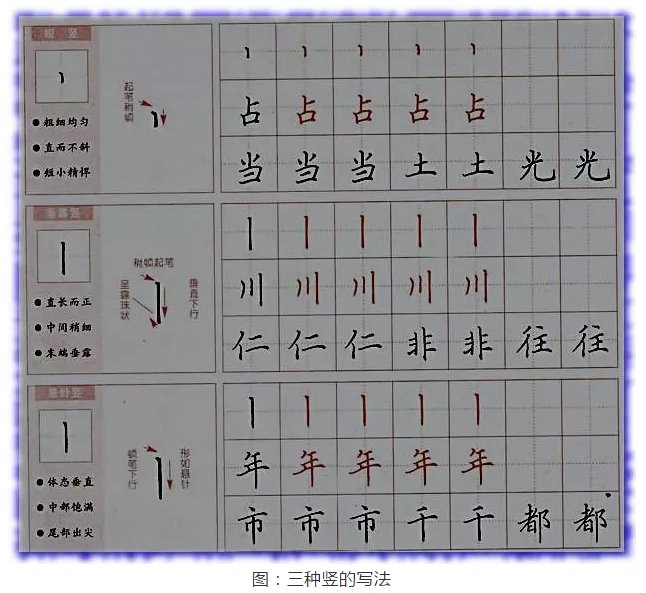
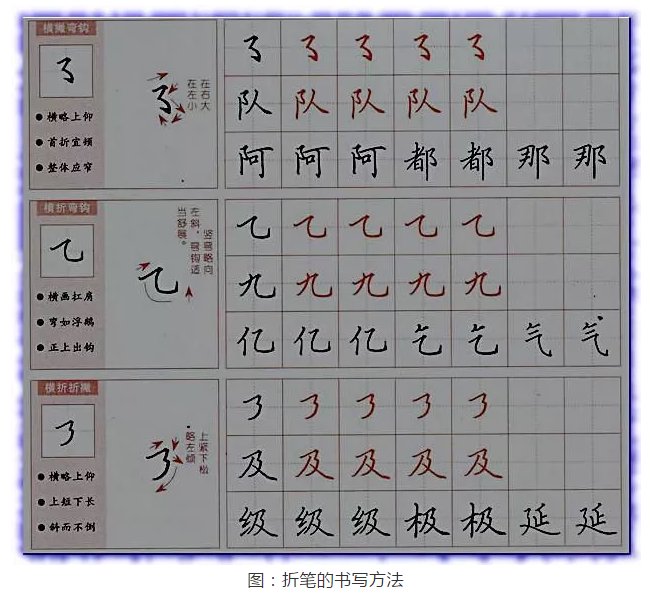
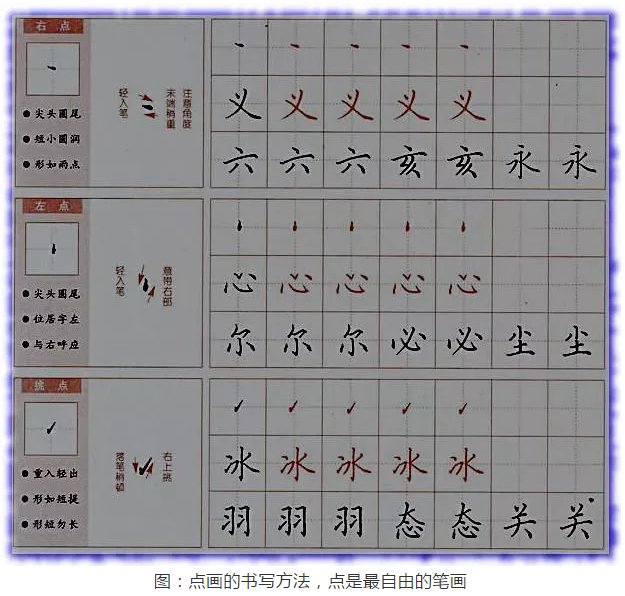
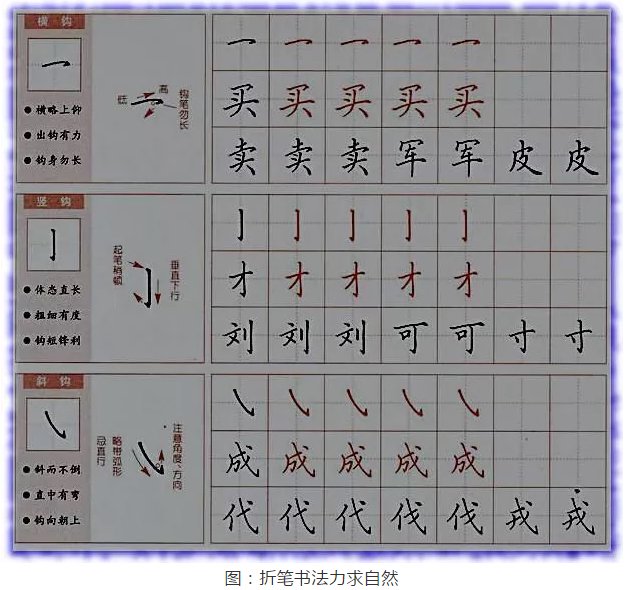
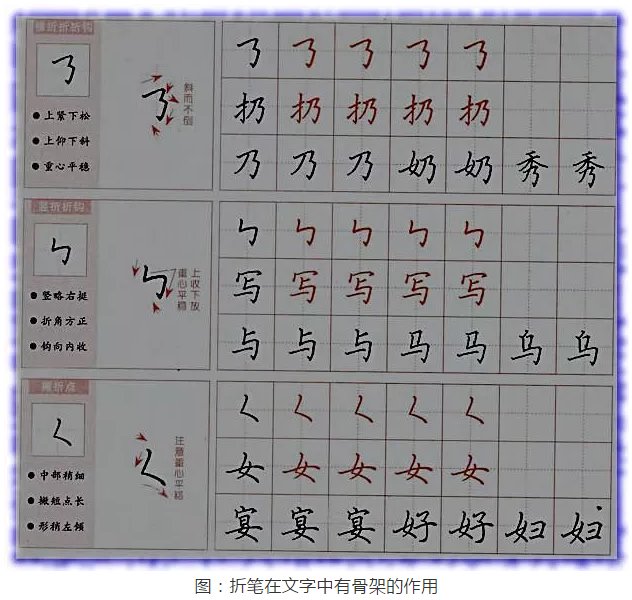
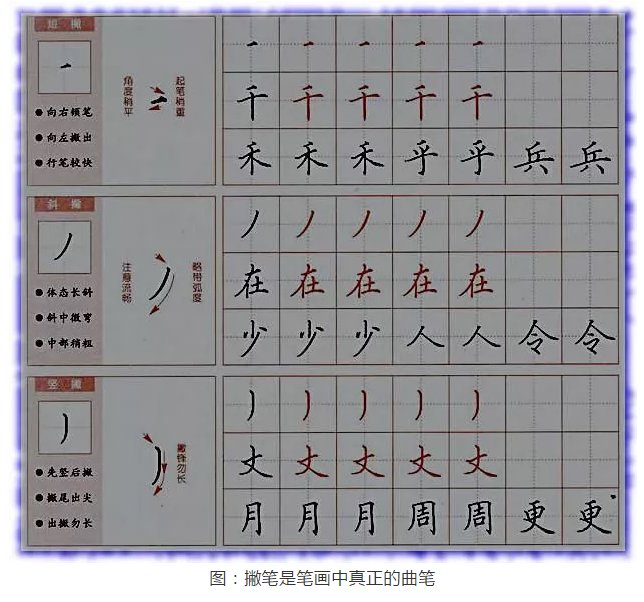
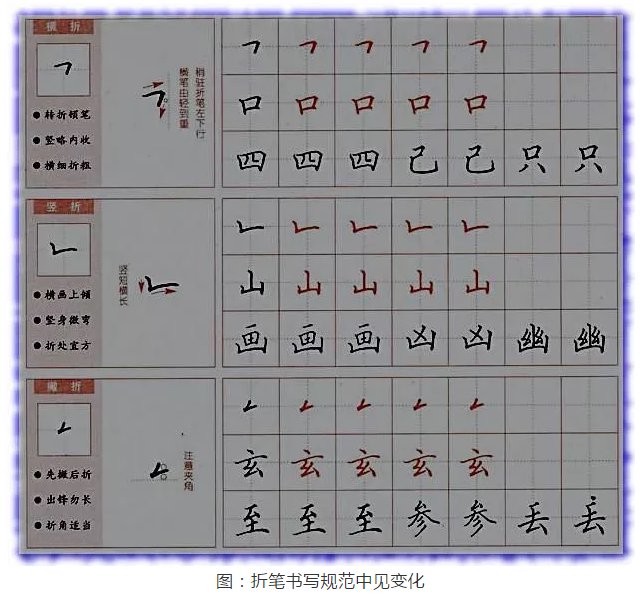
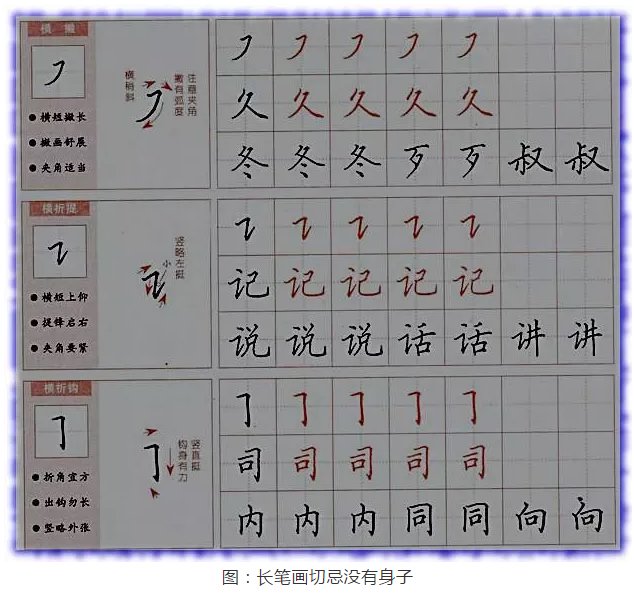
Strokes are the basic skills in calligraphy. When practicing strokes, try to compare different words and analyze the reasons why strokes appear in different ways. Over time, you can discover the rules in writing.
Whether you are writing with a hard pen or a brush, there is something you can learn from each other. Especially when it is difficult to understand certain strokes, you can learn how to use a brush to write calligraphy with large characters.








